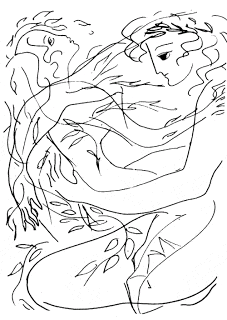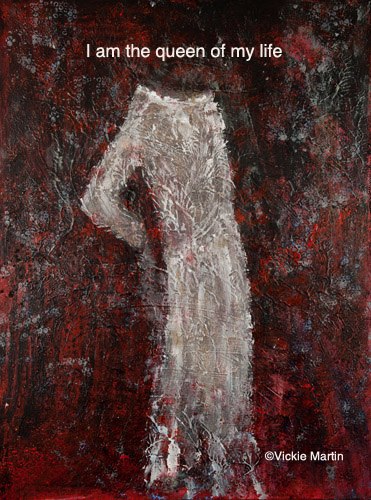How have I coped with this time of social distancing? I took a walk, then another one, and it turned into over 364 walks! From 3/29/2020 until 3/21/2021 I logged in 2200, the length of the Appalachian Trail. Walking daily is probably the best decision I never made! Things I’ve noticed are:
- I began to listen to nature, and my observational skills increased
- My concentration level increased
- I feel in better shape than I have been in decades
- I am eating much healthier
- I fit into all my clothes
- My most creative ideas have come while walking – and I’ve learned to take a notebook with me
According to a study done by Stanford University, walking can increase your creativity by 60%!!!!
If I had read this a few years ago, I would have laughed. But – it Is true. You can read about about this study HERE.
In looking back through history, many of the great creatives walked daily.
- Aristotle gave his lectures while walking. His followers were known as peripatetics – Greek for wandering about.
- Wordsworth walked an estimated 175 thousand miles during his life
- Dickens walked everyday after writing from 9a-2p – and 20+ miles was not unusual.
- Thoreau felt walking was a pilgrimage to his Holy Land.
- Beethoven took breaks throughout the day to “run into the open”.
- Virginia Woolf and James Joyce took several of their characters on walks that she took herself.
- Nietsche felt it was where he worked best.
- Mahler walked up to five hours a day. He had a jerky weird walk which his daughter claimed came from his shift in rhythms.
“All truly great thoughts are conceived while walking.” Nietsche
I have discovered a hidden world of treasures in my own neighborhood. I have collected over 80 bird feathers, I found a hidden beach, a hidden teepee, a hidden ampitheater – all in my neighborhood!
I have seen a gleeful boy and his father take a bike ride throughout the neighborhood every day after lunch. I have seen a neighbor taking her bird on a walk. I discovered there are three greyhounds (in different homes) on one street, and three standard poodles. There is a cat that likes to walk with her favorite dogs.
So, get out there and take a walk. Don’t use weather as an excuse, learn to dress properly. As Roger Miller said. “Some people walk in the rain, others just get wet”.
And, I know a lot of you will say – you just don’t have time! I have found I don’t have the time NOT TO WALK. As I said, I walk often these days – often working out a problem in my head while moving. A fifteen minute walk outside is better than no walk at all. Out of ideas? Again, take a walk!
One last observation, 99% of all dead-end streets or cul-de-sacs have a basketball hoop. I wonder what that means?
Do you have an walking stories to share?


































![95791372[1]](http://vickiemartin.net/wp-content/uploads/2013/08/957913721-300x191.png)

















